A history of JR by our founder, Janet Levin
“When I founded Jewish Renaissance in 2001 I was told it wouldn’t last two issues, let alone two years, but here we still are.
Before the first issue came together I was running my own market research consultancy. That’s when the seed of an idea for a new magazine had been planted. The Jewish Chronicle had been one of my research clients, so I knew a fair bit about the needs of Jewish readers, and realised there was a gap in the market among those who, like me, wanted to keep in touch with their Jewish identity.
Some 25 years before, while my children were young, I had been involved in founding and editing the newsletter of my local Community Association and enjoyed the challenge of finding something exciting in the unexceptional. So, having got disillusioned with helping my then financial sector market research clients, and having built up sufficient pension to take early retirement, at the age of 58 I decided to start on a new career path.
I shared the idea of a new cultural publication with my book club at Wimbledon Synagogue and it was met with enthusiasm. In the synagogue newsletter I invited those interested to a meeting, but as the date neared, and having been frightened by reading a tome on all that was involved in publishing a magazine, I began having second thoughts. I was hoping no one would turn up, but thankfully people did. Two of them had been involved with Second Generation, a magazine run by volunteers, and convinced me that we could work along similar lines.
On the cusp of 2001 I invited former boss, and friend, Lionel Gordon – previously chairman of the JC – to be chairman of JR and we recruited a management committee. Members of the book club helped decide the content of the magazine, we mocked up a cover and contents page, and presented the magazine at South London Limmud Day. The reactions were positive, especially for ‘The Jews of Iraq’ feature and, most importantly, we recruited additional members there, including a magazine publisher.
Another finding of our Limmud research was that we needed known names to back the venture so I set out to recruit. I had an appointment with the Jewish Music Institute’s director, Geraldine Auerbach who, after some constructive grilling, agreed to help. Once she and Clive Lawton – then Limmud’s director – were on board, other leaders of UK cultural institutions, including David Glasser of Ben Uri and Rickie Burman of the Jewish Museum, agreed to join our Editorial Advisory Board, as well as cultural icons Maureen Lipman and Arnold Wesker.
The EAB members also helped hugely in distributing 70,000 flyers and soon subscriptions began rolling in. Initially the magazine was to be 40 pages long, but Naim Dangoor, head of the Iraqi Community, offered £2,000 if we promised to cover the Jews of Iraq in 10 full pages. And so we did, thus cementing the first in our successful Passport series, which now ranges from Brighton to Brazil via Morocco and Manchester. We were clearly answering a need. By the time the second issue went to press in January 2002 we had celebrated our 1,000th subscriber. In 2007 and 2009 we were shortlisted for the PPA Independent Publishers Achievement Award (in competition with magazines with up to £5 million turnover, when ours was £50,000 at the time).
By the time the magazine hit 13 and had its bar mitzvah, I was beginning to crave more personal time to spend with family and friends. So in 2014 a new team was brought onboard, led by Time Out Magazine’s former news editor Rebecca Taylor. JR underwent a major transformation; the print edition was increased to 64 pages and completely redesigned, followed by an overhaul of the website. The results are better than I could have hoped for and I’m confident will put paid to the claim that ‘print is dead’.”
Our Mission
Through our magazine, online platforms, events and tours we encourage engagement with Jewish culture by:
Offering intelligent, challenging and exciting content.
Uncovering the wealth of activity taking place in Jewish communities around the world.
Celebrating the diversity of the Jewish experience in the UK and around the world, both historical and contemporary.
We are a UK Charity, Registration number: 1152871.
“Congratulations on putting together such a lively magazine. This is just what the Jewish community needs.”
see WHAT else OUR READERS have to SAY ABOUT US
“Jewish Renaissance does the near-impossible: it rescues English Jews from the curse of the parochial, re-uniting us with the wider, grander, older and newer world of Jewish thought and events. Essential reading if you’re Jewish or if you’re not. ”
“A fascinating magazine: always beautifully produced and a pleasure to read. It has opened my eyes to the condition of Jews in corners of the world that I never knew they inhabited, as well as a wealth of cultural events in London and the regions.”



